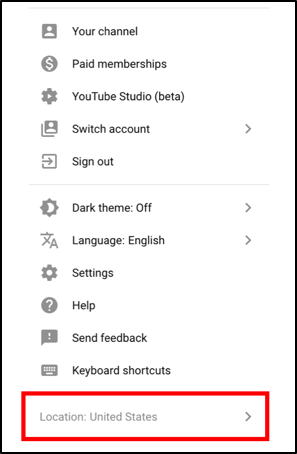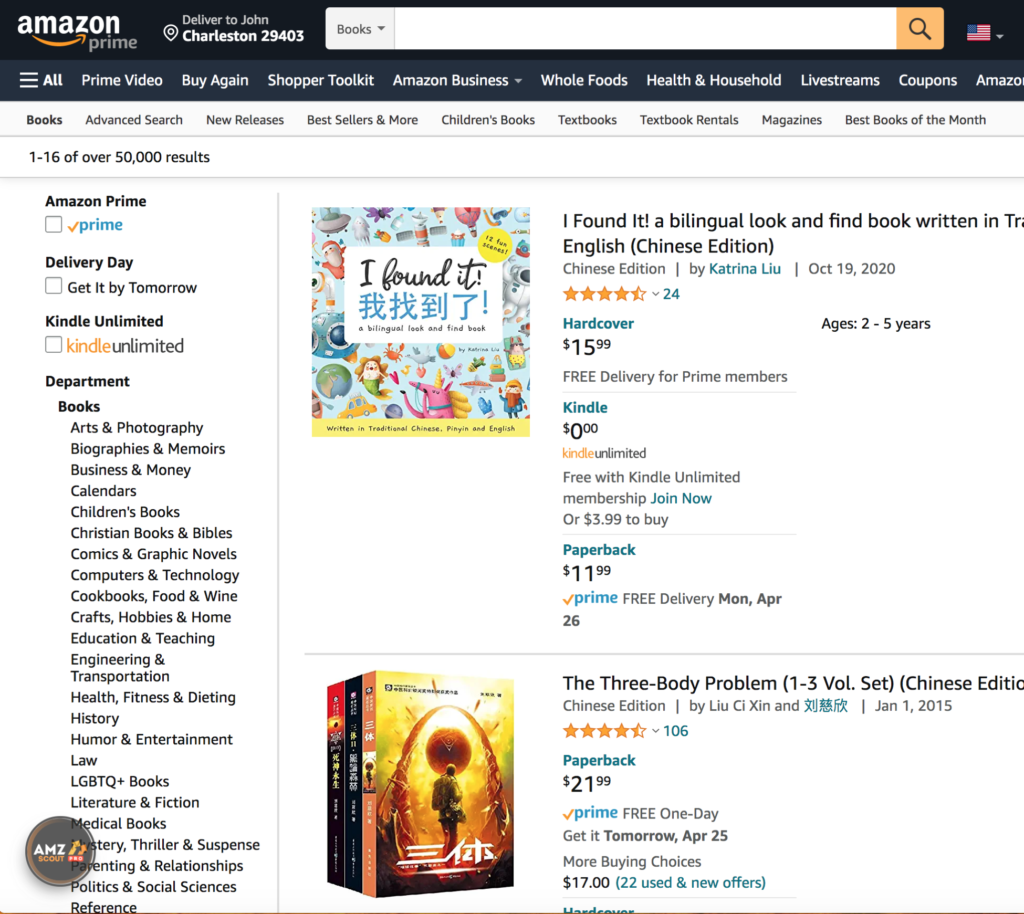Today, we’re excited to announce that JinbuPal has partnered with LTL Chinese! LTL Chinese is an outstanding Chinese language school where you can take 1-on-1 or group classes to advance your Chinese skills. For today’s blog post, I wanted to share with you my own personal experience using LTL Flexi Classes.
Whether you’re working towards taking an HSK or TOCFL exam, or just wanting to improve your skills overall, LTL Chinese is a fantastic choice.
We know that most users of JinbuPal really like the benefit of being able to take control of their own learning experience, which is why LTL’s Flexi Classes are an offering we think you really might enjoy if you’re looking for some formal instruction to complement all of the Chinese characters and words you’re learning with JinbuPal. Additionally, they also offer Cantonese lessons, in case you’re using JinbuPal Cantonese and want to get some structured lessons for Cantonese as well. Through our partnership, LTL Chinese is offering a 50% off code for the first month of Flexi Classes through JinbuPal using the coupon code JINBU50.
I wanted to try out Flexi Classes myself so that I could show you what the platform is like and what I enjoy about it, so let’s dive right in.
After signing up, the onboarding does a good job of helping you assess your current Chinese level based on either the HSK levels. For someone like me who hasn’t based my study too strictly on the exam levels, I found the detailed descriptions of each level to be really helpful. Particularly because I wanted to use the classes to work on my listening skills, which I find to be the most difficult for me out of the ACTFL skills: Speaking, Writing, Listening, and Reading. Since JinbuPal also is designed to let you break free of the HSK vocabulary, you may also find this onboarding feature to be helpful.
You can then also decide between taking a Full Course or Flexi Classes. Flexi Classes allow you to pick and choose which lesson you’d like or just change the sequence of lessons you take to suit your schedule. For me, I liked it because I could specifically pick the listening lessons that were interesting to me.
Now let’s talk about booking classes. You can book classes based on the time or based on a specific lesson itself, which I found convenient. I liked that I could look through the lesson material and even pre-listen to audio beforehand to determine if the course was at the level I wanted.
As I said above, Flexi Classes offers the option of taking Individual or Group Classes. The group classes cost only one credit and the individual ones are 3 credits. Believe it or not, since I’ve always been self-taught with my Chinese, I really preferred the idea of having a group lesson to get more of a feel for what taking of a formal lesson in Chinese is like. I also thought it would be cool to get the interaction of meeting several other learners and experiencing everyone speaking and practicing together.
However, it turned out that no one else had signed up for the classes I booked so it was just me and the instructor. Afterwards, I realized that as you are signing up, you can see listed who else has already signed up for a class so you can select lessons based on this if you’d like. Flexi Classes also offers a Discord Channel and a forum to connect with other users, so you could even make some friends through either of these networks and coordinate to take classes together if you’d like.
From my experience, I’d recommend signing up for the Group Classes if you’ve always had one on one tutoring or don’t know many other people who are learning Chinese. That way, you may end up taking an individual class anyway if no one else signs up, but you might be pleasantly surprised to meet another fellow Chinese learner along the way. You’ll also have the opportunity to take far more classes that way since group courses cost fewer credits.
Let’s talk about the lessons. Both lessons I signed up for were HSK5 group courses. While I know quite of a bit of vocabulary, a lot of the vocabulary I’ve experienced is from frequency lists like those in the JinbuPal database and content I’ve experienced from immersion with real Chinese content. As a result, there are a lot of words in the HSK6 list which I actually haven’t encountered. I figured HSK5 would be a good first level to try out, particularly for practicing my listening skills.
I took a 1 hour listening lesson that I was very impressed with. The listening content was a short authentic Chinese video which was an ad from 2021 for a Chinese tourism company. I found that this content was really expertly selected to be a good test of your listening skills because the video itself was really difficult to follow if you missed just a few words here and there. We watched the video through once and then the instructor and I went back through segment by segment to unpack the meaning of the content. Overall, it was really enjoyable content and it was interesting real world content, which if you follow and use JinbuPal, you know we find is super important for effective, sustained learning. The content was definitely challenging for me at my listening level, but not so much as to feel overwhelming.
The other lesson I took was about going to a music festival and it covered vocabulary from HSK that related to the topic. The material was all recently created content about the impact of COVID restrictions on going to music events in China. If you’re looking to learn more about Chinese culture in current times, this would be something you’d enjoy. Also, it can be helpful if you want to practice reading aloud and to get correction on your pronunciation.
Overall, I had a great experience with Flexi Classes and I mainly just wanted to show everyone an in-depth look into what the experience was like. Just use the coupon code JINBU50 to get a 50% discount on your first month.



